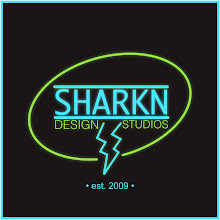The age of information as far as the designs themselves don't really catch my eye as much as other eras, but the principles themselves really grab my attention.
I find it very interesting how designs and the design culture progressed as a whole. It seems like some of these things would have been created before and its hard to imagine what signage and environmental design was like before the movement.
Airport and train station signage has been around my whole life so it just seems natural that it would be there and i dont really think much of it. So, its hard for me to understand the idea of not having it and how people navigated the subways without it. As well as what stamps were like before the new design movement. I think its very important that this happened because it would open up new jobs for people in areas of design that werent previously explored. Even though i dont find a lot of the design work "riveting" in anyway, they are certainly better than designs from the New Wave movement. #apinatathrewuponmyworkspace.
Week 9
Towards the end of chapter 21 and the beginning of chapter 22 i find the work a little more interesting... depending on the pieces we are talking about. some of the work is still a little too collage-y for my liking, some of them, however, like the poster that says "VICTORY" (page 454) with a shell going into what looks like a barrel catches my eye because its simple and stands out a lot. The designs with a entire color wheels for a color scheme and random images placed together just seem to busy and very distracting... some of them make me feel as if im just being bombarded with information and questions from a thousand different people all at once.


